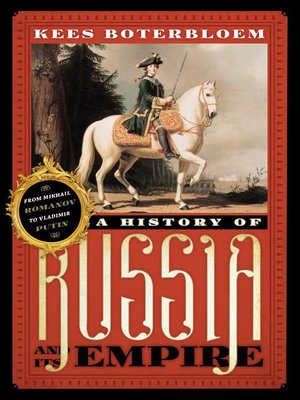
His second spouse was the proprietor of the house in Amsterdam in which he had already lived for some years. A widower at 35 or so, he remarried in 1668, when he was near 40. Then, suddenly, we encounter a rather well-documented period of Struys’s life, from 1668 to 1676 (after which his traces begin to fade again). Without an understanding of some basic arithmetic, it would have been hard to survive in this world. Indeed, in the burgeoning capitalist environment of the seventeenth-century Dutch Republic, where goods and labor were paid for in money, numeracy trumped literacy. While he may have been able to read only a little, Struys must have had a sense of numeracy: at least he had a fairly good memory for the wages he and his comrades received when they enlisted with the tsar in 1668 to sail the Russian monarch’s ship on the Caspian Sea. For sailors the ability to write was not that crucial. Illiteracy, or half-literacy, was not unusual in the Amsterdam of his age, in which only half of all grooms could sign their own names. He signed the record with an artful capital J, perhaps a sign of whim, but more likely of a rather poor command of writing. No birth or baptism record survives in the archives of his purported birthplace Wormer, and to this date no researcher has found anything at all about Jan Struys’s existence that precedes the document that announced his first marriage in 1650s Amsterdam, when he was identified as a varensgezel (sailor) by a clerk. The evidence about his existence is slim, and often puzzling or ambiguous (a blatant example of one such mystery is the fate of his children, or even their number). Nonetheless, when thinking about the sailor Jan Struys’s life (and about those who helped him put his stories into print), one is forced to admit that much of what one thinks of him is pure speculation. Meeting modern-day Jan Struys, then, for me appeared to vindicate Giambattista Vico’s suggestion, to which I have always been partial: we are equipped with a historical intuition, which allows us to recreate the past “wie es eigentlich gewesen ist,” without having access to all the evidence, the capacity to read it all, or, indeed, a time machine. Here in Haarlem I found some sort of confirmation of the historical Struys that I had imagined.

I was baffled, for even though historians try to conjure up the past of those who are long gone, they always feel that their truth, or depiction, is partial, only one of many possible worlds.

Jan told me that, when reading my recent Dutch retranslation into modern Dutch of the 1676 bestseller Rampspoedige Reysen, he heard echoes of the stories about Struys’s tales of Russia, the Caucasus and Iran that have been passed on for generations in his family. Or rather, I met his likely descendant Jan Struys, who is a well-known Dutch police official. A decade after the Fiction and Reality of Jan Struys had been published, I met Jan Struys in Haarlem.


 0 kommentar(er)
0 kommentar(er)
